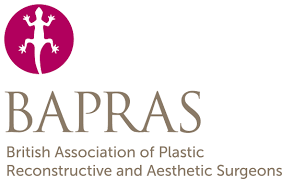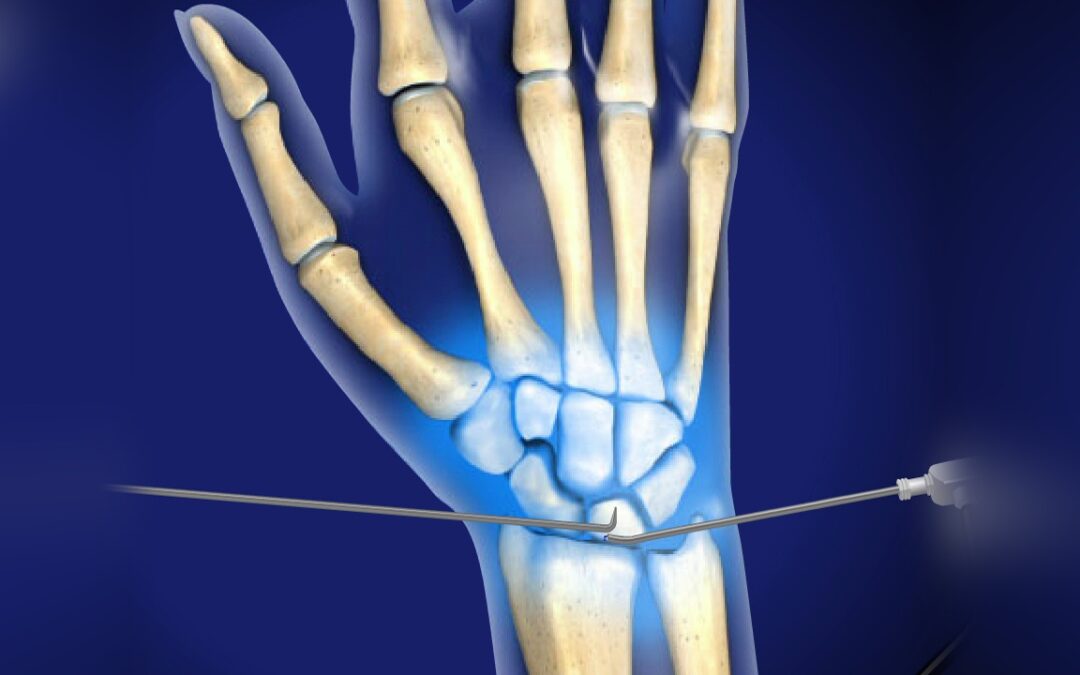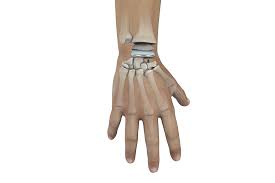Syndactyly Release
Syndactyly is a congenital hand deformity in which two or more fingers are joined together. This can affect any combination of fingers, but it is most common between the ring and little fingers. Syndactyly can be mild, with only a small amount of skin joining the fingers, or it can be severe, with the fingers completely fused together.
Syndactyly release surgery is a procedure to separate two or more fingers that are joined together. This surgery is usually performed when the child is between 6 and 18 months old, as this is when the bones and tissues are still growing and more easily manipulated. The goal of syndactyly-release surgery is to improve the function and appearance of the hand.
What happens during syndactyly release surgery?
An incision is made along the web of skin that joins the fingers together. The skin is carefully incised to create flaps than can be used to resurface and create the new webspace. Skin grafts are also invariably required in most syndactyl release surgery. In some cases, there may also be a need to release the tendons or ligaments that are connected to the fingers.
What is the recovery time after syndactyly release surgery?
The recovery time after syndactyly release surgery varies depending on the severity of the deformity and the type of surgery that is performed. However, most patients will need to wear a splint or cast for 4-6 weeks after surgery. They will also need to avoid strenuous activity for 4-6 weeks.
What are the risks of syndactyly release surgery?
The risks of syndactyly release surgery are similar to the risks of any surgery, including:
- Infection
- Bleeding
- Nerve damage
- Scarring
- Web creep
What is the prognosis for syndactyly release surgery?
The prognosis for syndactyly release surgery is usually good. Most patients who have syndactyly release surgery make a full recovery and are able to use their hands normally.
Here are some additional tips for parents considering syndactyly release surgery for their child:
- Be realistic about your expectations. Surgery cannot completely change the appearance of your child’s hand or restore absolute normality of function.
- Choose a board-certified hand surgeon with experience in syndactyly-release surgery.
- Ask your surgeon about their aftercare plan.
- Be prepared for a lengthy recovery period.
- Be patient with your child’s results. It can take up to a year for your child’s hand to fully heal.












